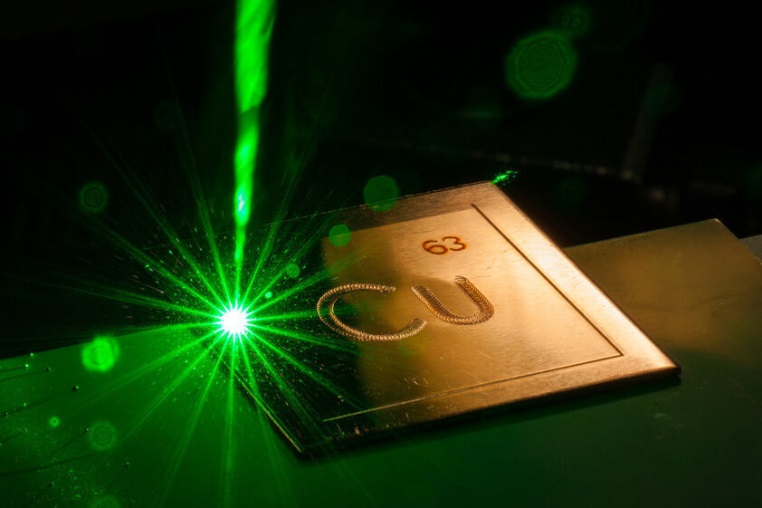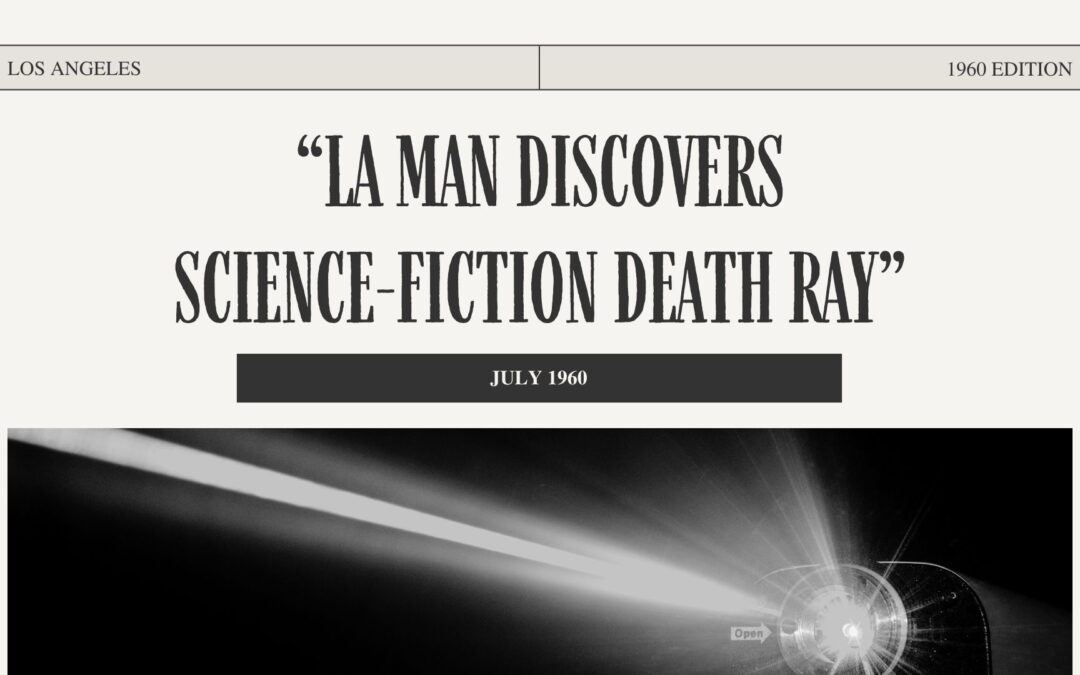“LA man discovers science-fiction death ray”. This was the shocking headline that appeared in a Los Angeles newspaper in July 1960. A few weeks earlier, on 16 May 1960, the American engineer and physicist Theodore H. Maiman at Hughes Research Laboratories had succeeded in making a synthetic ruby cylinder with reflective bases and a photographic lamp emit pulses of intense red light, the first physical implementation of laser.

This milestone in photonics was the consequence both of centuries of study by great scientists such as Newton, Young, Manxwell and Einstein trying to understand and explain the nature of light, and of a frantic race since the 1950s between a dozen laboratories, led by Bell´s, to demonstrate experimentally that the stimulated emission of light predicted by Albert Einstein in his 1917 paper “The Quantum Theory of Radiation” was possible.
The term LASER or “Light Amplified by Stimulated Emission of Radiation” was coined by Gordon Gould in 1957 in his notes on the feasibility of building a laser. Gould had been a PhD student of Charles Townes, who, in 1954, had built the MASER, the predecessor of the laser, which amplified microwave waves by stimulated emission of radiation. In 1964, Charles Townes received the Nobel Prize in physics for his implementation of the MASER, Gordon Gould became a millionaire with the laser patent, and Mainman received recognition for having created the first implementation of a laser, as well as numerous academic awards.
A laser is a light source with special characteritstics of coherence, monochromicity and collimation. These characteristics make it possible to concentrate, with the help of optical lenses, a high intensity of energy in a minimum area. To achieve these characteristics, the lase4r makes use of the quantum mechanism predicted by Einstein whereby the generation of photons in certain solid, liquid or gaseous media is greatly amplified when these media are excited electrically or by light pulses.
During the 1960s, in addition to Maiman´s solid-taste laser, other lasers were developed, such as the He-Ne laser in December 1960 and the CO2 laser in 1961, whose active medium was gases, or the diode laser in 1962. Although in the beginning the laser was said to be ” a solution for an undefined problem”, the number of applications of the laser rapidly increased to a great extent, making it an indispensable tool in most fields of science and manufacturing. We can find examples of this industry, where its multiple uses for cutting, welding or for surface treatments of a large number of materiales has made it indispensable, or in the communications sector, where its use as a transmitter of information by means of pulses of light through optical fibres has made it possible to achieve unimaginable data transfer rates without which the current digital transformation would not be possible.
Nowadays, the development of new lasers, their performance and applications continues to grow. For example, in recent years, green and blue lasers have become increasingly important in electro-mobility because their wavelenghts are more suitable for welding copper elements than other more common lasers.

Source: Cvecek, Kaufamnn Blz 2021. https://www.wzl.rwth-aachen.de/go/id/telwe?lidx=1
Since 2020 CARTIF is part of PhotonHub Europe, a platform made up of more than 30 reference centers in photonics from 15 European countris in which more than 500 experts in photonics offer their support to companies (mainly SMEs) yo help them to improve their production processes and products through the use of photonics. With this objective, training, project development and technical and financial advisory actions have been organized until 2024.
In addition, to be aware of what is happening in the world of photonics, we encourage you to be part of the community created in PhotonHub Europe. In this community you can be aware of the activities of the platforms as well as news and events related to photonics.
- LASER: from death ray to the swiss knife of technology - 5 January 2024
- The century of the photon - 1 October 2021
- Guiding dancing structures - 7 July 2016
